1. Introduction and Allegro for Harp, Flute, Clarinet and String Quartet in G-Flat Major, M. 46
Composer: Maurice Ravel
Artist(s): Joop Celis, Frédéric Meinders
2. String Quartet in F Major, M. 35: I. Allegro moderato – très doux
Composer: Maurice Ravel
Artist(s): Joop Celis, Frédéric Meinders
3. String Quartet in F Major, M. 35: II. Asez vif, très rythmé
Composer: Maurice Ravel
Artist(s): Joop Celis, Frédéric Meinders
4. String Quartet in F Major, M. 35: III. Très lent
Composer: Maurice Ravel
Artist(s): Joop Celis, Frédéric Meinders
5. String Quartet in F Major, M. 35: IV. Vif et agité
Composer: Maurice Ravel
Artist(s): Joop Celis, Frédéric Meinders
6. String Quartet in G Minor, Op. 10: I. Animé et très décidé
Composer: Claude Debussy
Artist(s): Joop Celis, Frédéric Meinders
7. String Quartet in G Minor, Op. 10: II. Assez vif et bien rythmé
Composer: Claude Debussy
Artist(s): Joop Celis, Frédéric Meinders
8. String Quartet in G Minor, Op. 10: III. Andantino, doucement expressif
Composer: Claude Debussy
Artist(s): Joop Celis, Frédéric Meinders
9. String Quartet in G Minor, Op. 10: IV. Très modéré – très mouvementé et avec passion
Composer: Claude Debussy
Artist(s): Joop Celis, Frédéric Meinders

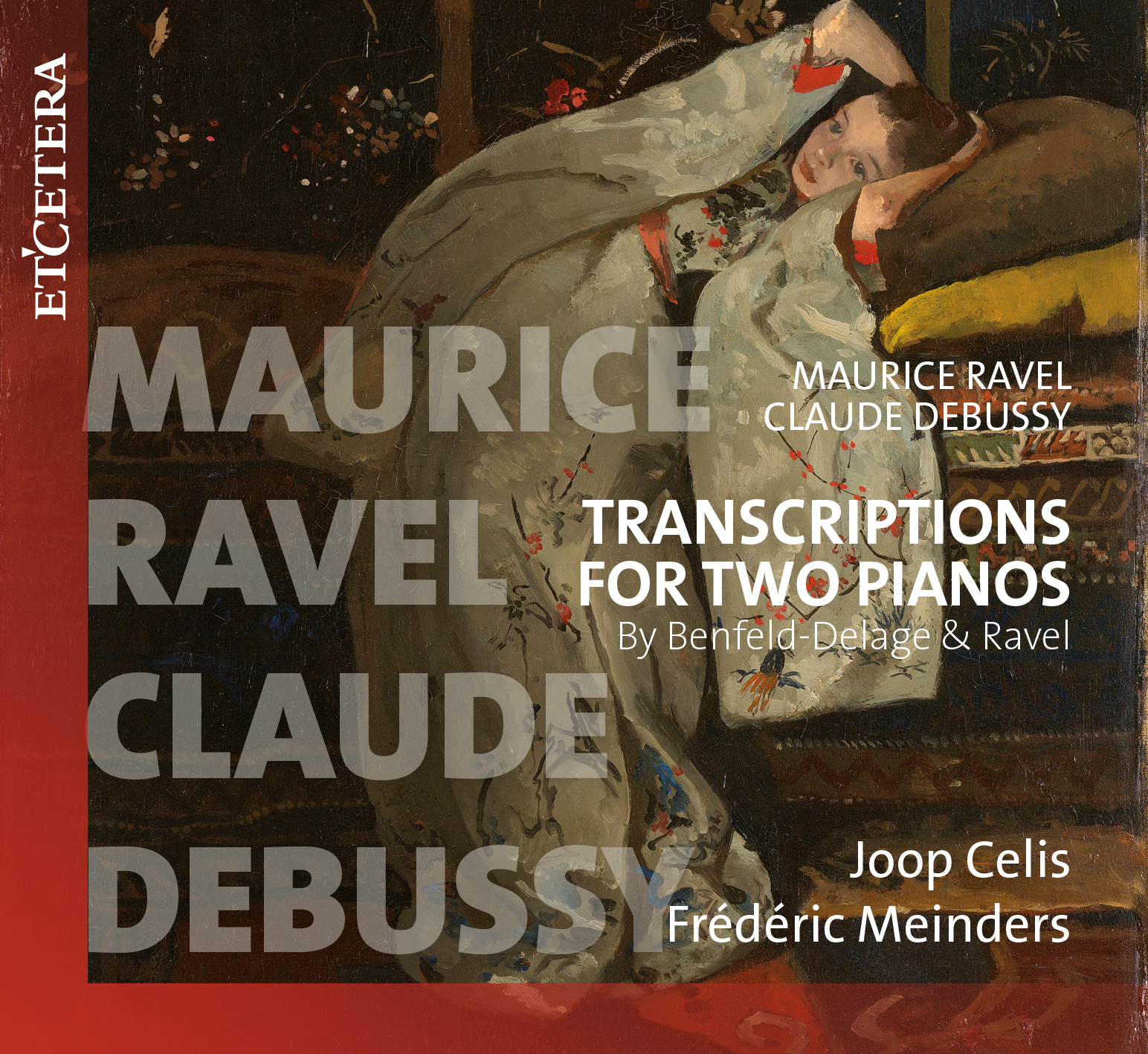
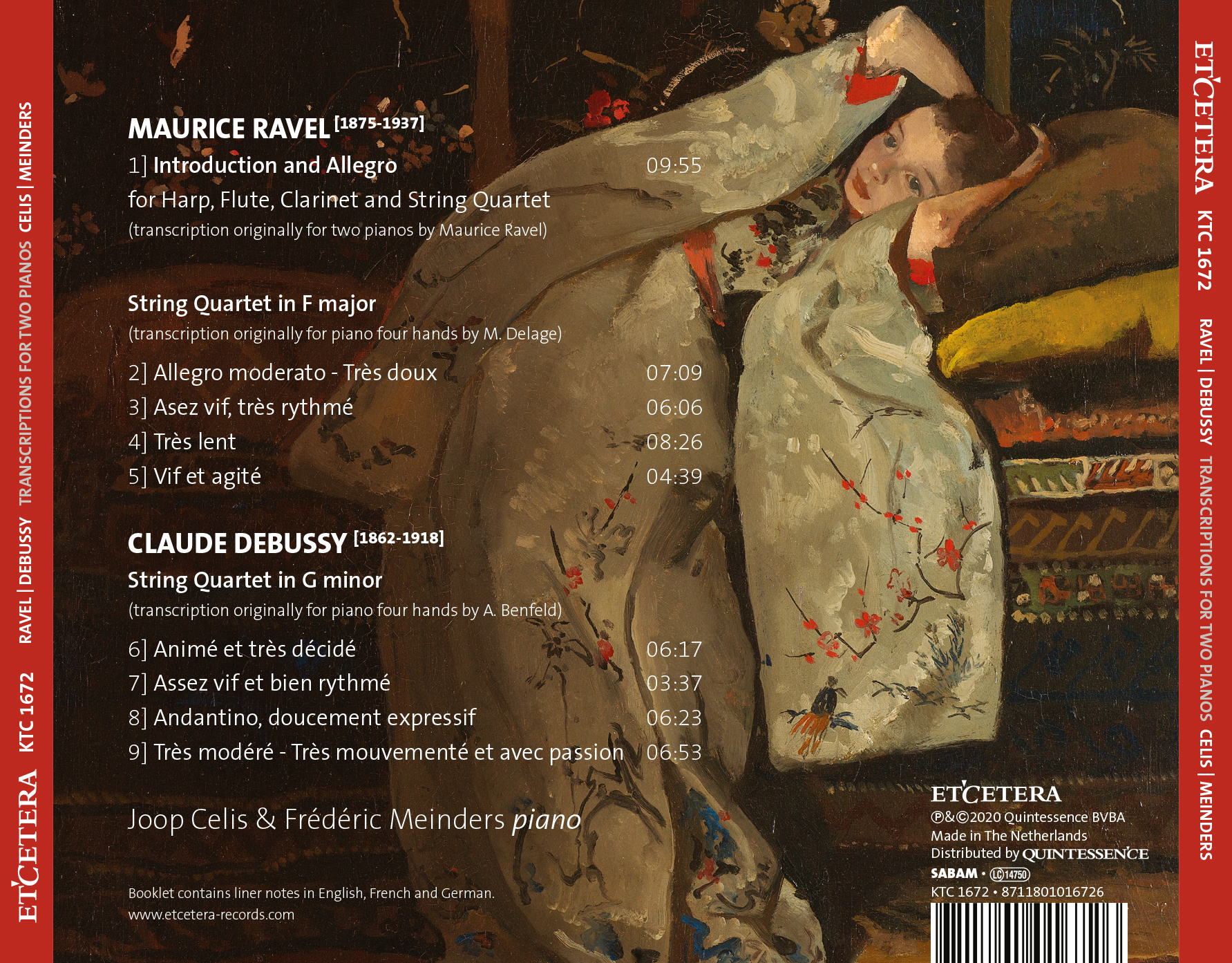

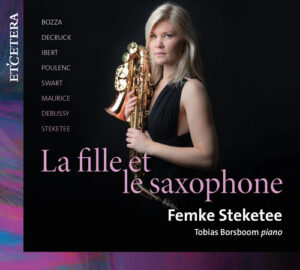
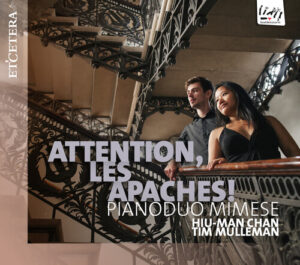
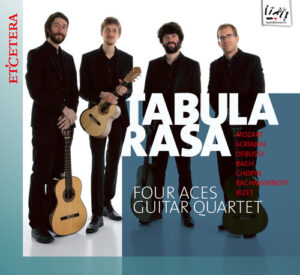
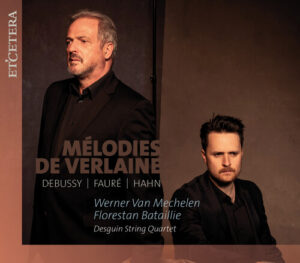
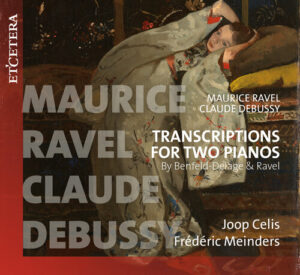
Reviews
There are no reviews yet.